Mahashivratri, celebrated on February 26th, 2025, is a night filled with spirituality, devotion, and cosmic energy. This year, it also marks the last day of the grand Mahakumbh Mela—an event happening after 144 years. This rare alignment makes the occasion even more special and spiritually charged. While many people follow the rituals associated with this sacred festival, not everyone knows the deeper meanings behind them. Each ritual holds a lesson, a message to guide us toward inner peace and connection with the divine. Let’s explore these meaningful rituals and their spiritual essence in detail.
1. Fasting: Purifying the Body and Mind

The Ritual: Devotees observe fasts on Mahashivratri, refraining from regular meals and consuming only fruits, milk, or water.
Meaning: Fasting is a way to discipline the body and free the mind from material cravings. It teaches self-control, helping us redirect our focus toward spiritual growth. By cleansing the body, we make it a vessel for positive energy and divine blessings.
2. Abhishekam: The Sacred Offering to the Shiva Linga

The Ritual: The Shiva Linga is bathed with sacred items like water, milk, curd, honey, ghee, and sugarcane juice during the Abhishekam ceremony.
Meaning: Each offering represents a quality or emotion that we offer to Lord Shiva. Water stands for purity, milk for nourishment, and honey for sweetness in life, sugarcane is for prosperity as per the Vedic scriptures(Shastras). The act of Abhishekam cleanses our ego and fosters humility, allowing us to connect more deeply with the divine presence.
3. Offering Bel Leaves: Honoring the Natural World

The Ritual: Devotees offer fresh bel leaves to the Shiva Linga, as these are considered very dear to Lord Shiva.
Meaning: The trifoliate shape of the bel leaf represents creation, preservation, and destruction—the three core principles of existence, they also in a way are said to represent the trinity. Offering these leaves symbolizes our respect for nature’s cycles and our recognition of the balance needed in life.
4. Chanting “Om Namah Shivaye” – The Panchakshari Mantra: A Path to Inner Peace

The Ritual: Devotees chant the sacred Panchakshari Mantra “Om Namah Shivaye” throughout the night, either silently or collectively—continuously throughout the night. Advanced tantric practitioners may chant it using specific rhythmic patterns or seed syllables (bij mantras) for deeper vibrational impact.
Meaning: The mantra invokes Shiva’s cosmic energy, with each syllable representing an element:
- Na: Earth
- Ma: Water
- Shi: Fire
- Va: Air
- Ya: Ether
Chanting this mantra aligns the practitioner’s energies with the five elements of nature, helping them experience oneness with the universe. Chanting brings harmony to these elements within us and calms the mind, fostering spiritual awakening.
5. Staying Awake(Jagran): A Vigil of Devotion
The Ritual: On Mahashivratri, devotees stay awake all night, engaging in prayer, bhajans, and meditation.
Meaning: Staying awake symbolizes heightened awareness and the victory of light over darkness. It reminds us to be vigilant against ignorance and distractions, keeping our thoughts focused on spiritual enlightenment.
6. Rudraksha: A Powerful Spiritual Tool
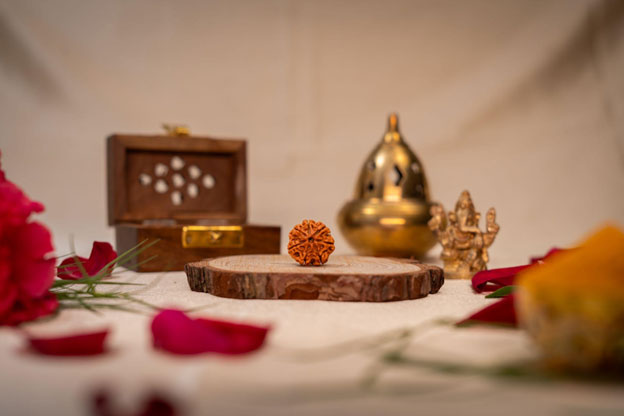
The Ritual: Devotees wear Rudraksha beads during prayers and meditation for their spiritual and calming properties.
Practitioners use a Mala(beads strong together as a garland), made of Rudraksha beads (sacred to Shiva) to chant mantras or meditate. Advanced practitioners may also energize each bead with specific ‘Beej mantras’ before wearing the mala during Mahashivratri.
Rudraksha beads, believed to have originated from Lord Shiva’s tears, are symbols of protection and energy. They help calm the mind, enhance focus, and guard against negativity. Wearing them during Mahashivratri amplifies the benefits of meditation and strengthens the connection with Lord Shiva.
7. Lighting Diyas & Akhand Deepa: Spreading Light and Positivity
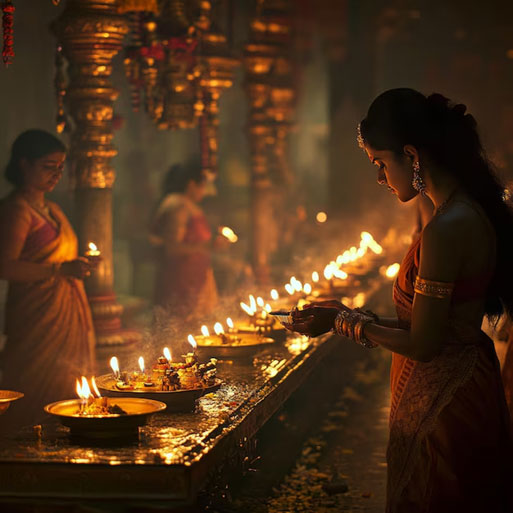
The Ritual: Lighting earthen lamps (diyas) is a common practice during Mahashivratri.
Lighting an Akhand Deepa (an oil lamp that burns continuously through the night) is an important Mahashivratri tradition. This lamp is often placed near the Shiva Linga or in meditation spaces.
Meaning: Diyas represent the light of wisdom and knowledge that removes the darkness of ignorance. Lighting a diya is a symbolic act of inviting divine guidance into our lives and illuminating our spiritual path.
The Akhand Deep(eternal flame) represents Shiva’s infinite light and guidance. Keeping the lamp burning throughout the night is symbolic of keeping the inner light of awareness alive, even in the darkest times.
8. Circumambulation of the Shiva Linga
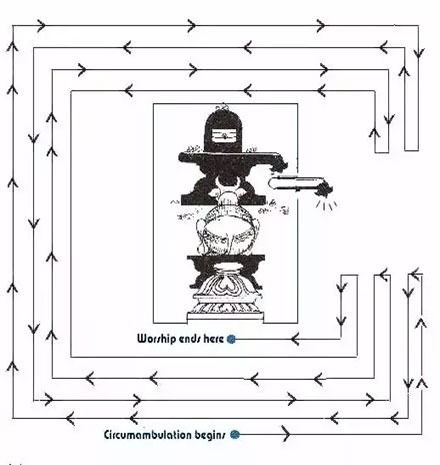
The Ritual: Devotees walk around the Shiva Linga in a clockwise direction during prayers.
Meaning: Circumambulation is a way to show that Lord Shiva is the center of our existence. It signifies our acceptance of the eternal cycles of life and the role of divine energy in maintaining balance and harmony in the universe.
9. Silence and Meditation: Journey Within

The Ritual: Observing silence and meditating on Lord Shiva are integral parts of Mahashivratri celebrations.
Meaning: Silence allows us to turn inward and listen to the voice of our soul. Meditation helps in aligning with the cosmic energies and understanding our true nature, free from the chaos of everyday life.
10. Chaturdashi Abhishekam: Fourteen-Fold Offering to the Shiva Linga
The Ritual: During Mahashivratri, many sects observe the tradition of offering fourteen different substances to the Shiva Linga throughout the night. Common offerings include water, milk, honey, ghee, curd, sandalwood paste, flowers, and sugarcane juice, among others. Each offering is accompanied by specific mantras chanted in Shiva’s praise.
Meaning: The fourteen offerings symbolize purification of the fourteen energy channels (nadis) in the body, helping align one’s physical, emotional, and spiritual energies with Shiva. The act of pouring these sacred substances is also symbolic of surrendering our inner impurities and attachments to the divine.
11. Charan Sparsh Puja: Worship of Shiva’s Feet
The Ritual: In some tantric sects, practitioners worship Shiva’s symbolic feet (represented at the base of the Shiva Linga) with sacred oils, flowers, and rice grains. This is performed with great humility, often lying prostrate before the Linga.
Meaning: The feet symbolize surrender and grounding. Touching or worshipping Shiva’s feet represents letting go of ego and bowing to divine wisdom. It’s also believed to help the practitioner stay grounded while receiving spiritual energy from the divine.
Celebrating Mahashivratri
The rituals of Mahashivratri are much more than traditions; they are ways to connect with Lord Shiva and the universal energies. They remind us to balance the material and spiritual aspects of life. The rare occurrence of Mahashivratri coinciding with the conclusion of the Mahakumbh Mela after 144 years adds unparalleled significance to this year’s celebration. As you observe this auspicious night, let these rituals inspire you to explore the divine deep within and transform your spiritual journey.
May this Mahashivratri bring you closer to peace, wisdom, and divine blessings.
Om Namah Shivaye!







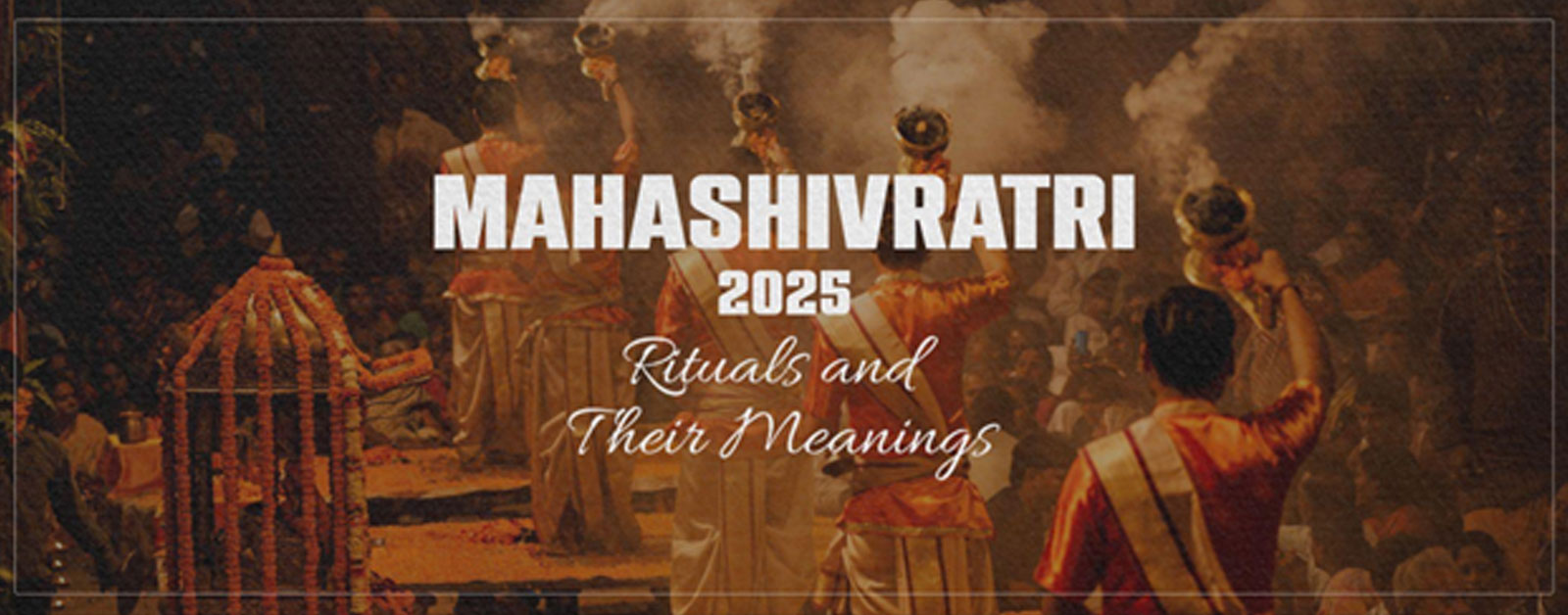




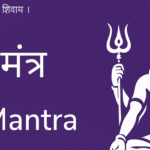


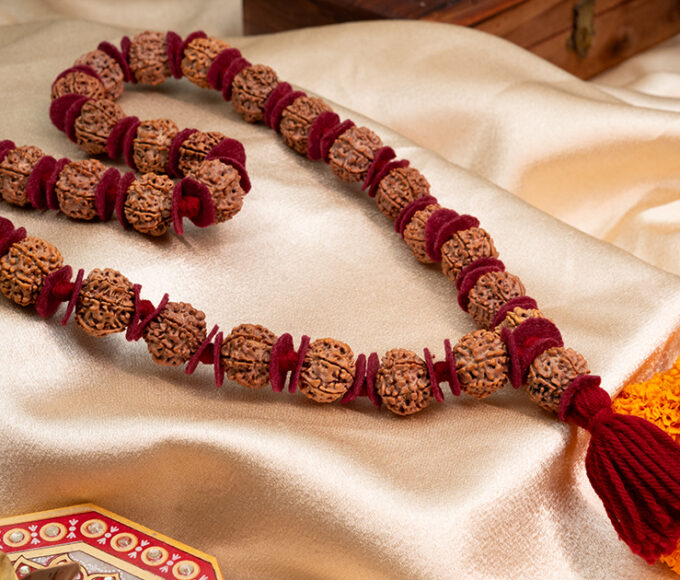
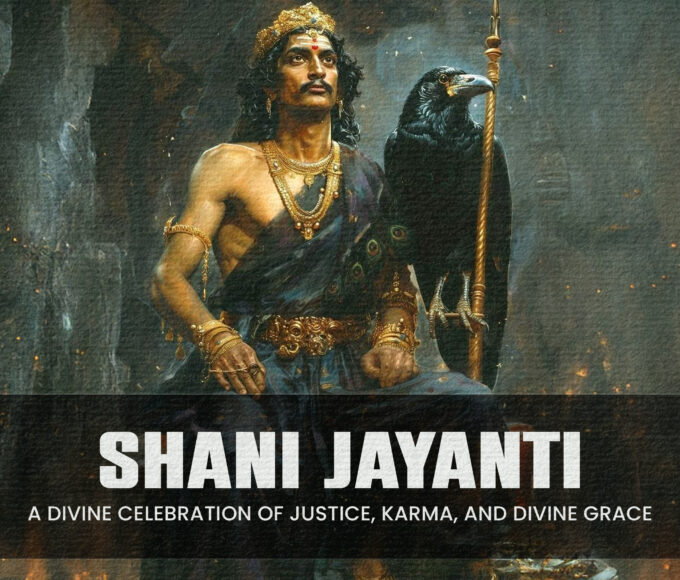
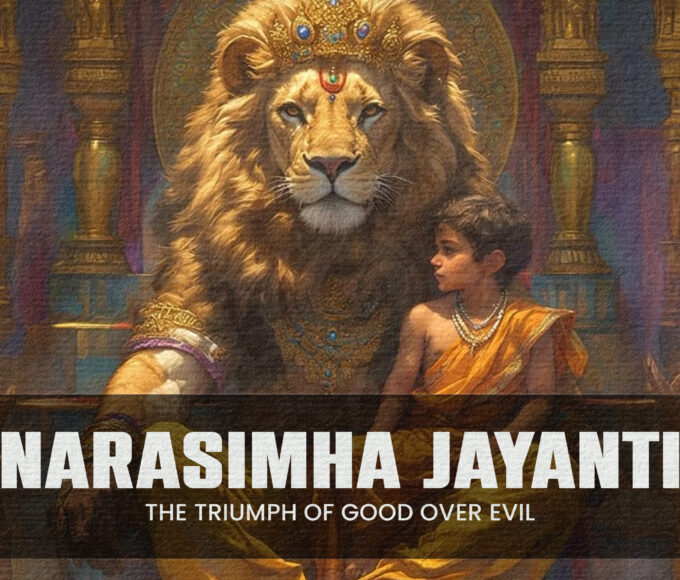
Leave a comment